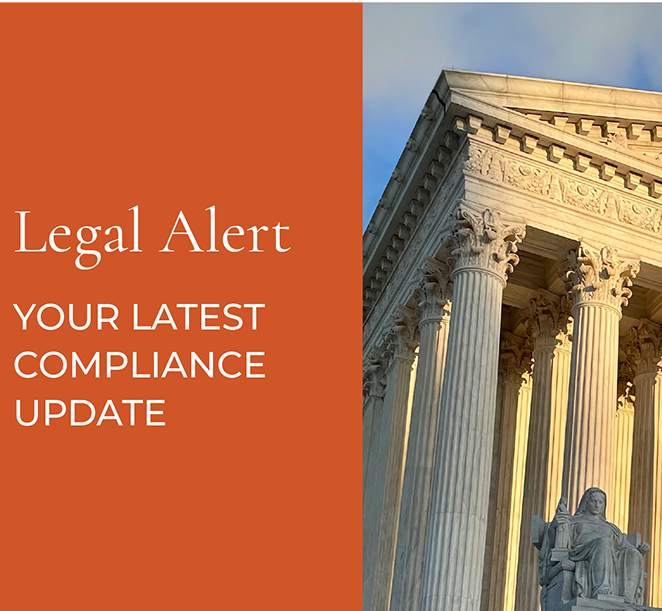5 Tips and Templates for Open Enrollment
Once a year, your employees are asked to make a complicated decision—one that could significantly affect their health and finances. And employees are looking to HR for guidance as they make their health plan choices.
So, today, I don’t just want to just share open enrollment tips and insights I’ve learned as an employee benefits communication strategist. I want to load you up with templates you can download and use.
It’s my hope they’ll make this open enrollment season a bit easier for you and your people. The materials shared below are based on user research on health plan fluency, and they’re tailored towards employees who are aging off their parent’s plan or new to the U.S. health system.
PowerPoint Templates
The open enrollment templates are customizable, so you can give it your company’s unique personality. Add your logo and swap out the images for your own. And simply remove slides you don’t need.
Download templates (.zip file download).
5 Tips
During open enrollment meetings, these are the core things to keep in mind.
1. Assume Zero Knowledge
And by zero, I really mean zero. No one teaches us health plan fluency. And, while about two-thirds of consumers say they have a grasp of basic health insurance terminology, only half can correctly answer true/false questions about premiums and deductibles.
2. Be a Helpful Guide
Employees typically have three burning questions:
- What plan is best?
- How much will it cost?
- Is my doctor covered?
What’s “best” varies widely based on an employee’s healthcare needs—and the needs of their family. Be mindful that choosing a health care plan is also a financial decision. It helps to provide cost comparisons--what the deductions are per paycheck and what the annual out-of-pocket costs could look like based on their needs.
If you don’t already have a strong grasp of your different healthcare user types, you can:
- Anonymously survey employees. (There are free tools out there like SurveyMonkey or Typeform).
- Hold small focus groups (even via Zoom), and ask some questions about priorities.
It’s also a good idea to test drive your benefits education materials with a small group. Questions that come up can help you identify knowledge gaps and tweak your materials before you present them to the whole organization. I learn a lot of practicing my benefits materials wtih new hires.
3. Make it Personal
Segment and target the groups within your group, and consider life stages.
- Do you have employees hitting 26 and aging off a parent’s plan?
- Employees with a spouse or domestic partner—do they have kids?
- Is a child aging off their plan?
- Maybe they’re thinking about starting a family—or there’s a current pregnancy? (Pregnancy costs can be quite high!)
- Are any employees close to retirement?
- How many locations do you have?
- There may be important differences by geography.
- Are there differences by role?
Because of the pandemic, be sure to call attention to available telehealth and mail-order prescription benefits, too.
4. Point Out Common Gotchas
#1 Gotcha: In-Network vs Out-of-Network
During open enrollment, I always stress the importance of asking a provider “Are you in my network?” (And that in-network means your insurance carrier has pre-negotiated better rates for services). See 10 Things Your Employees Need to Know about Health Plans.
# 2 Gotcha: Prior Authorization for Prescription Drugs
This gotcha especially applies when you’re changing medical carriers. Prescription drugs that need prior authorization may vary from one insurance carrier to another. And the authorization process typically takes days, not hours.
You definitely don’t want your people to find this out the hard way, at the pharmacy. Encourage them to be proactive and check your new plan’s Prescription Drug List (PDL). See Prior Authorization for Prescription Drugs.
#3 Gotcha: Plan Designs Vary by Employer
Employees don’t realize that plan design varies by employer. Too often, employees ask friends or family members for advice when choosing a health plan. They’ll ask “What plan are you on?”
They don’t realize that your company’s health plans aren’t comparable to the “same” plan at a friend or parent’s workplace. Coverage and rates vary!
5. Understand Your Plan Design
Make sure you’re fluent in your company’s plan design, so you can guide employees through their options based on their personal circumstances. It’s super important that you’re the one to provide information and answer their questions—or have a benefits partner who has your back.
A Parting Thought
I often get asked about whether to use humor in benefits communication materials. You know your group better than anyone, so if you think funny or quirky will help gain interest and attention, go for it.
For myself, I prefer to focus on just keeping things as simple to understand as possible. I encourage questions. And try to be as approachable as possible.
Here’s to a great open enrollment season!





